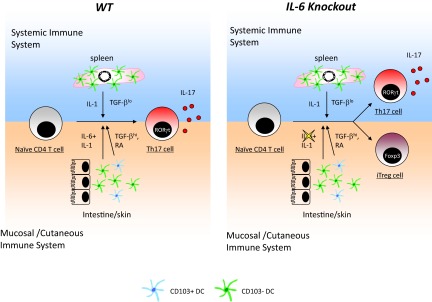Figure 1. Tissue-specific role of IL-6 in Th17 differentiation.

Systemic and mucosal/cutaneous immune systems have differential requirements of IL-6 for Th17 lineage differentiation. In the systemic immune system (left and right, upper), which lacks CD103+ DCs, IL-1 but not IL-6 is required for generating Th17. In the mucosal and cutaneous immune systems (left and right, lower), CD103+ DCs produce TFG-β and RA to inhibit Th17 differentiation and favor immune regulation. IL-6 is necessary to overcome the inhibitory effect of TGF-β and RA and is therefore required for Th17 differentiation in the mucosal and cutaneous immune systems. In the absence of IL-6 (right), the systemic immune system can still generate Th17 cells, but the mucosal/cutaneous immune systems fail to do so and instead, generate iTreg cells, as a result of TGF-β and RA signals from CD103+ DCs. RORγt, Thymus-specific retinoic acid receptor-related orphan receptor γ.
